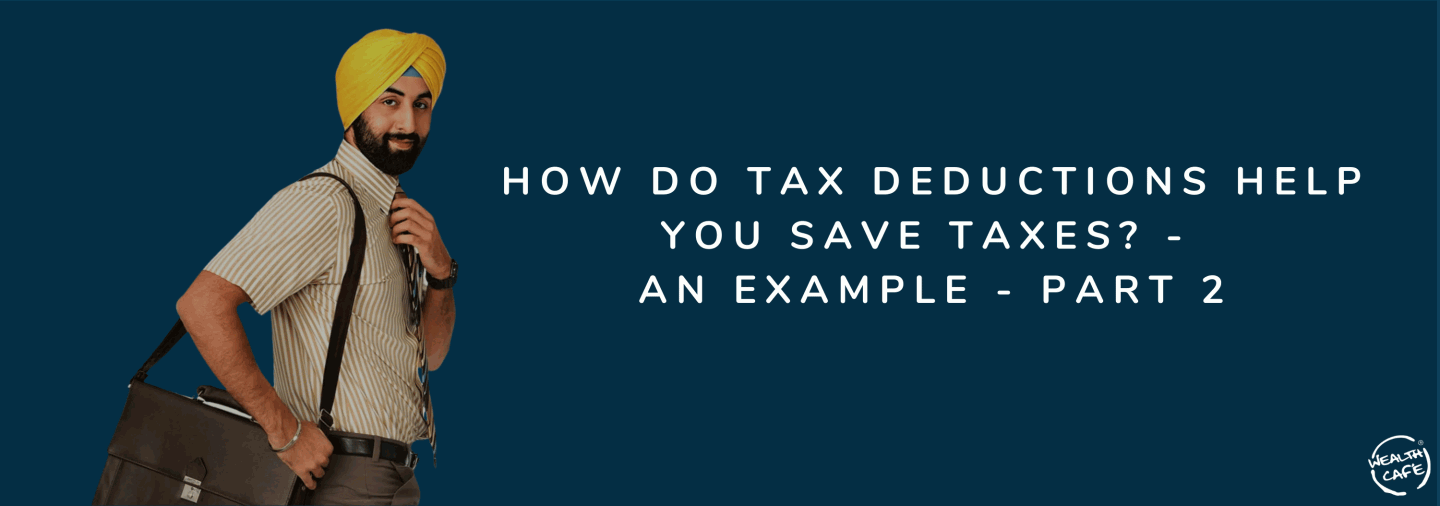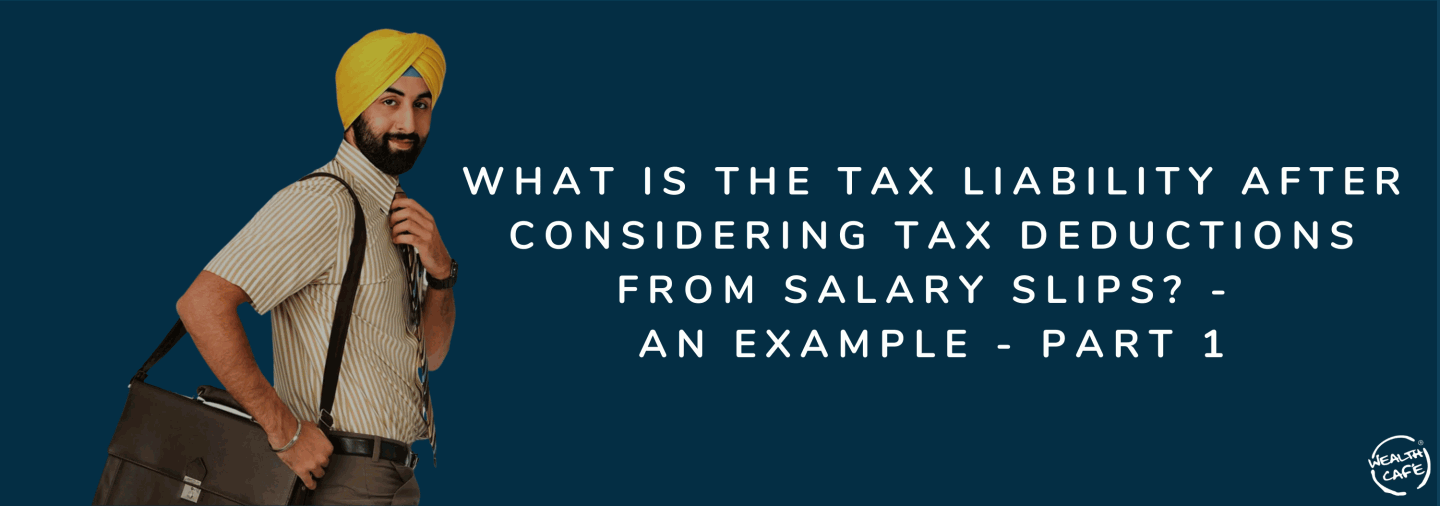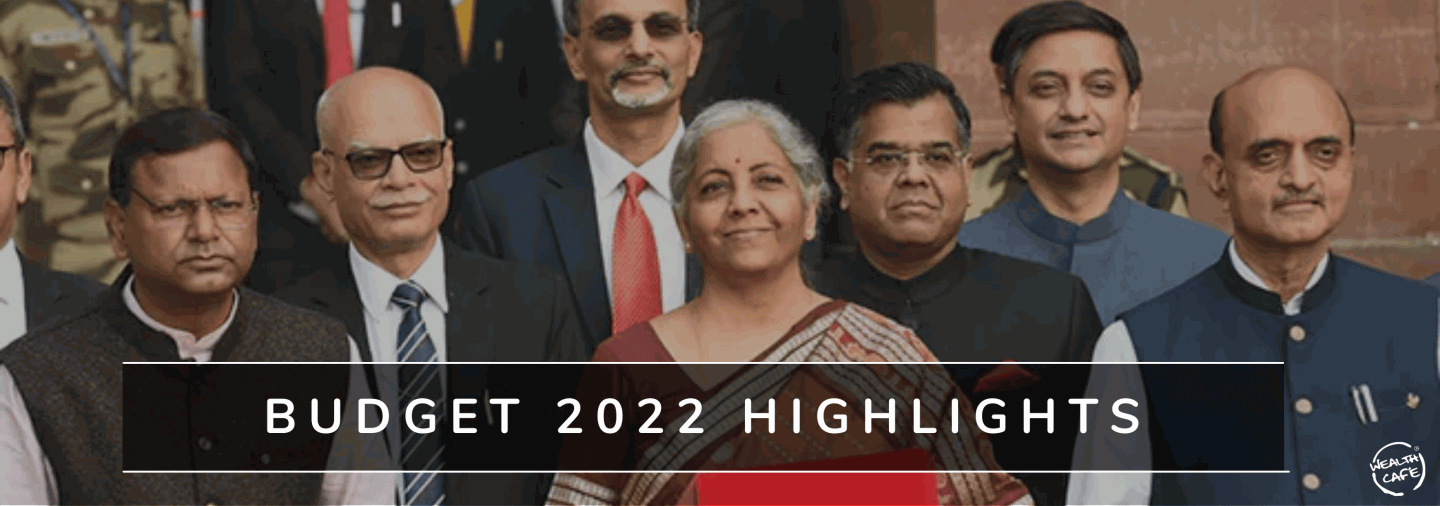In the last article, we saw how Rocket Singh claimed tax deductions under various components of his salary structure. If you have not checked that article yet, please read it before proceeding further - Click here.
Income tax deductions help individuals lower their taxable income and ultimately reduce their tax liability in a given financial year. Put simply, income tax deductions are investments made during a financial year that is offset against the gross annual income when filing income tax returns
Now that Rocket Singh has claimed all the deductions available for him under various allowances he is now eager to reduce it further:
| Income Tax Calculation | ||
| Tax Deduction (INR) | Explanation/reasoning | |
| a) Annual Income | 12,00,000 | |
| b) Tax deduction from salary slip | -3,76,000 | Refer to part 1 |
| f) Standard Deduction | -50,000 | It is usually deducted from the gross salary and is claimed as an exemption without having to show any proof of expenses. Hence, this flat amount of INR 50,000 is deducted from the gross salary |
| g) Section 80C (EPF +ELSS Mutual fund) | -1,50,000 | It allows taxpayers to make certain investments and claim tax deductions of up to Rs 1.5 lakh in a financial year. Read here - to know more. |
| h) Section 80D (Health Insurance) | -50,000 | It provides income tax deductions related to the medical insurance premium paid for yourself, your spouse, your parents, and your dependent children. |
| e) Section 80CCD (NPS) | -50,000 | It relates to the deductions available against contributions made to the National Pension Scheme (NPS) or the Atal Pension Yojana (APY). |
| f) Total (Deduction & Exemption) | 7,26,000 | |
| Net Taxable Income (a-f) | ₹ 5,24,000 | |
As his taxable income is now INR 5,24,000, he falls under the slab of 5 lakhs - 7.5 lakhs of income tax. Thus he now has to pay a tax of INR 1500 only each month whereas he had to pay INR 15,000 in the beginning as his taxable income as per CTC was INR 12,00,000.
Knowing all this will help you understand what exactly is a taxable income, how your income is taxed, and with careful planning, how you can save on your taxable income.
However, it is essential to declare all the investments at the beginning of the assessment year so that the tax to be paid can be calculated properly.
Further to know more about rocket singh’s journey and how he reduced his tax liability - check our course- Understanding CTC and Salary Structure.


